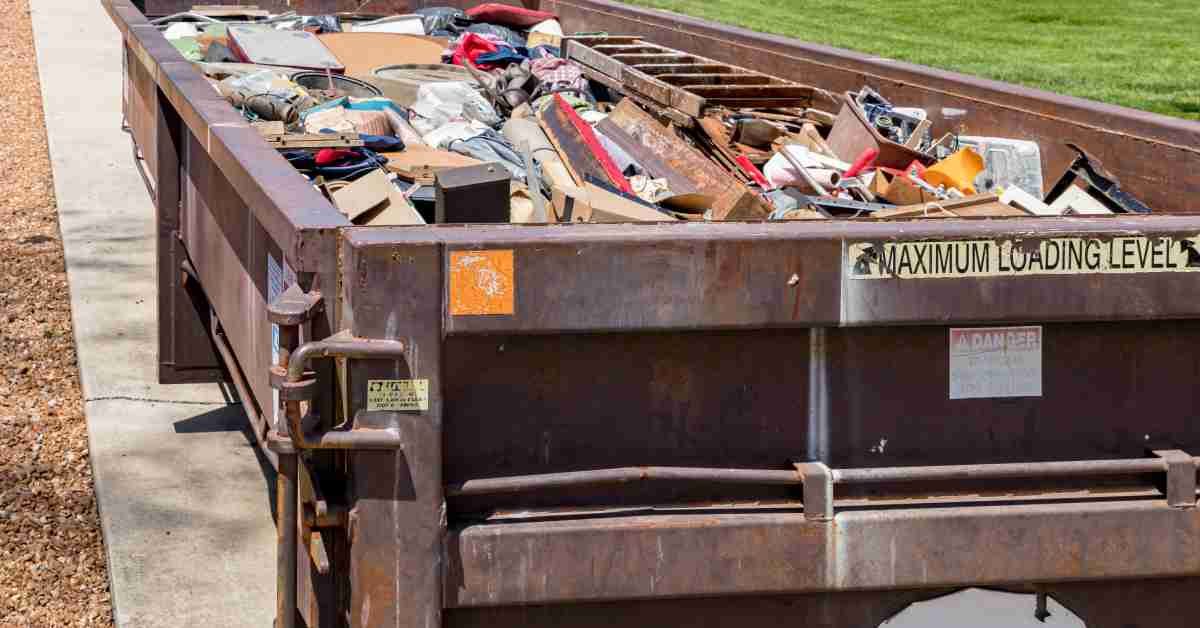
Hoarding disorder is a complex condition that involves the excessive collection of items and an inability to discard them. This behavior can lead to homes becoming unsafe and unsanitary, requiring extensive cleanup and repairs.
If you or a loved one is dealing with a hoarding disorder and wants to assist by scheduling a home cleanup, it’s important to understand the process and costs. Many homeowners wonder if their insurance policy will help cover the costs associated with this process. Here are some of the most common insurance coverage questions when it comes to hoarded home cleanup.
Does Homeowners Insurance Cover Hoarding Cleanup?
Most standard homeowners insurance policies do not directly cover the cost of cleaning a hoarded home. Insurers typically view hoarding as a long-term issue or a lifestyle choice rather than a sudden, accidental event. Therefore, the general decluttering and removal of possessions are usually not covered.
However, your policy might cover specific damages that result from hoarding. If the accumulation of items leads to a covered peril, such as a fire or water damage from an obstructed pipe that bursts, the resulting repairs may be covered. Coverage depends on the specific cause of the damage, not the hoarding itself.
What Types of Damage Are Covered?
Homeowners insurance policies are designed to protect against specific perils, such as fire, theft, or certain types of water damage. If hoarding conditions cause one of these covered events, you may be able to file a claim for the resulting structural damage. For example, if a pile of flammable materials ignites and damages your walls, your policy might pay for the repairs.
Keep in mind that coverage often applies only to the structure of the home. Damage to personal belongings may have separate limits or exclusions. Always review your policy documents to understand what specific perils are included in your coverage.
Are There Policy Exclusions for Hoarding?
Insurance policies often contain exclusions for damage resulting from long-term neglect or lack of maintenance. Insurers could argue that hoarding falls into this category, leading them to deny a claim. Policies might also exclude damage from mold, vermin, or rot unless it is the direct result of a covered peril.
Because hoarding significantly increases the risk of property damage, some insurers may choose not to renew a policy if they discover the situation. Open communication with your provider is important, but be aware of the potential consequences. Utilizing a hoarding cleanup service beforehand, such as those from Affinity Bio Solutions, can help you keep your insurance policy.
Steps to Take When Filing a Claim
If you believe you have a covered claim, start by thoroughly documenting all the damage with photos and videos. This evidence will be crucial when you file your claim. Contact your insurance company as soon as possible to report the damage and begin the claims process.
Before filing, make sure you understand your policy’s coverage limits and your deductible amount. The deductible is the out-of-pocket expense you must pay before your insurance coverage begins. Knowing these details will help you manage expectations throughout the claims process.
Navigating insurance coverage for a hoarded home can be challenging. While the cleanup of belongings is rarely covered, damage resulting from a covered peril might be. Carefully review your policy and voice these questions about hoarded home cleaning with your insurance agent to understand your specific protections and limitations.
